Fourth time a charm?—How to make the UN high-level meeting on noncommunicable diseases effective
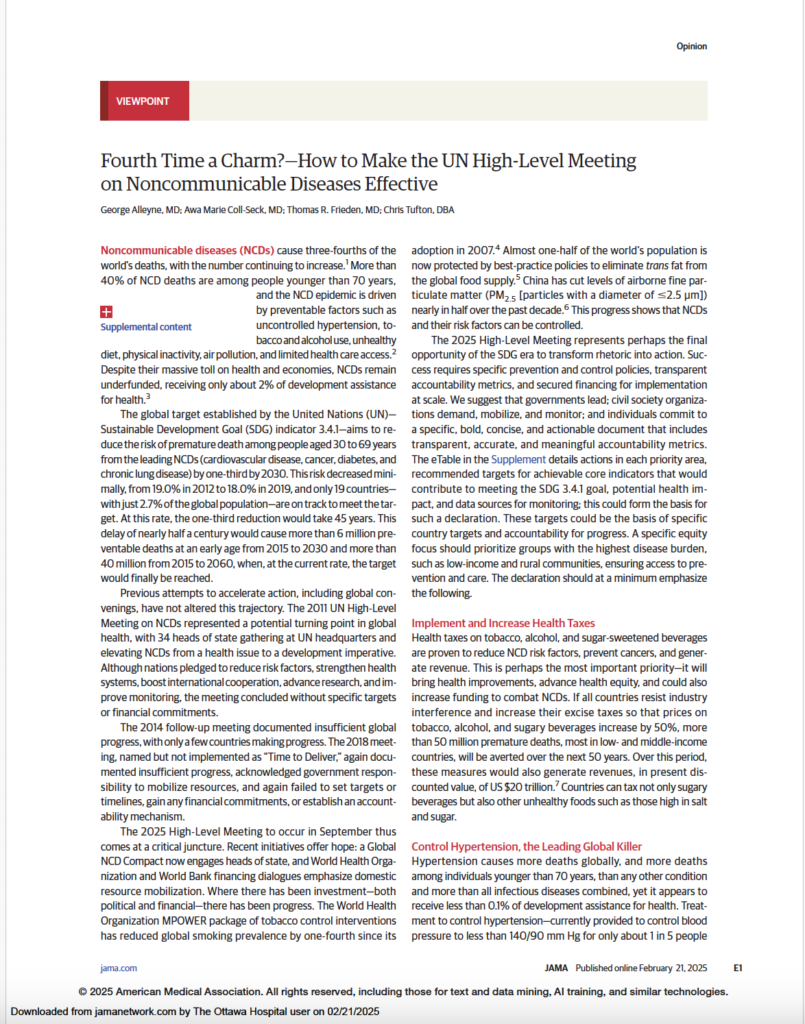
In a new article published in the Journal of the American Medical Association (JAMA), Dr. Tom Frieden and colleagues call for a focused strategy and more investment to address the world’s leading killer diseases. The article outlines specific, effective, and measurable steps countries can take to make progress and increase the chances that the upcoming […]
New article in JAMA calls for less rhetoric and more action before, during, and after 2025 UN High-Level Meeting on noncommunicable diseases
In JAMA, Dr. Tom Frieden and colleagues call for focused strategy and more investment to address NCDs.
Managing cardiovascular disease with WHO HEARTS

A two-page advocacy brief developed by Resolve to Save Lives to highlight the key elements of WHO’s HEARTS technical package for managing cardiovascular disease:
Rural India Supporting Trust and Resolve to Save Lives: Supporting primary health care for cardiovascular health
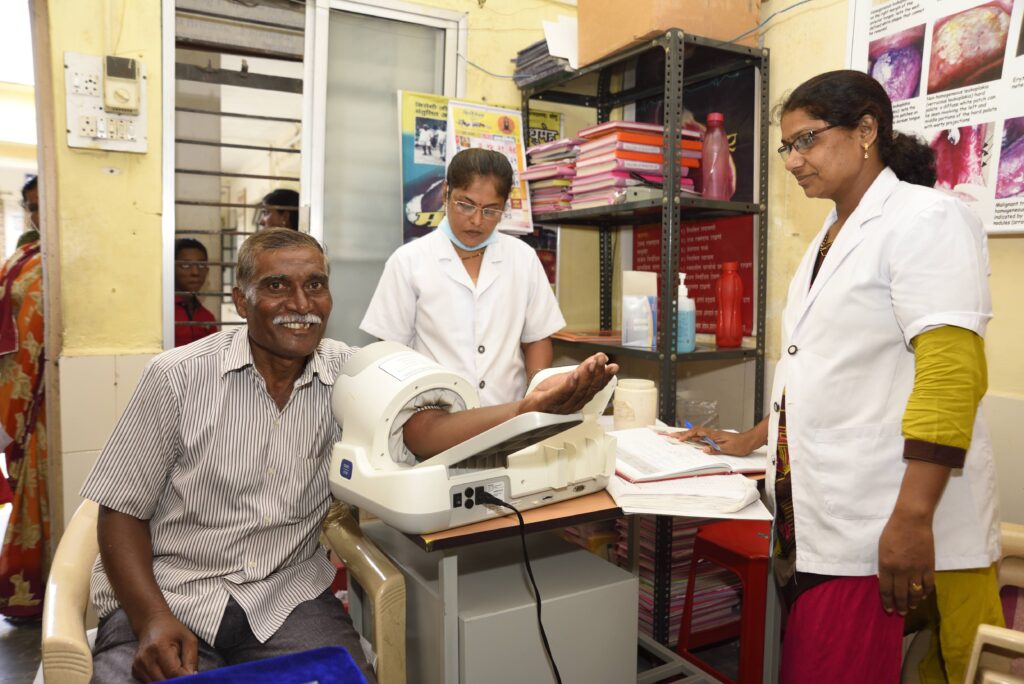
We’re proud to announce a new partnership with RIST to support the Government of India to improve effective treatment of high blood pressure and diabetes
Better blood pressure monitors will help Ethiopia save lives
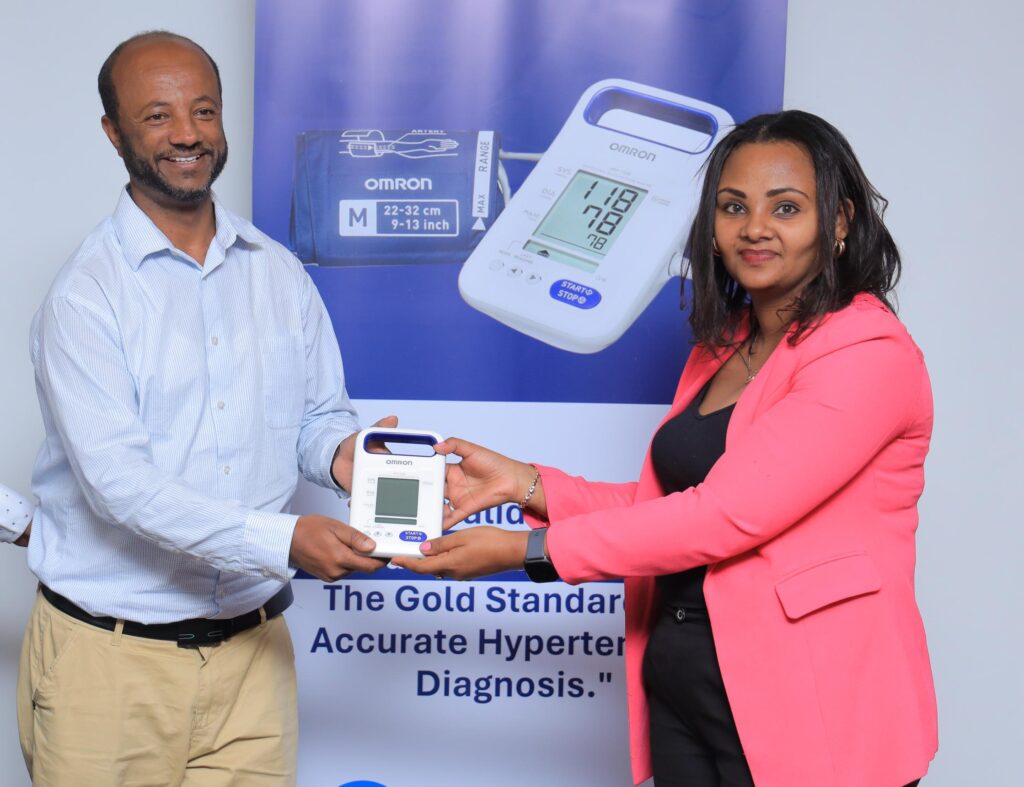
We donated over 100 validated digital monitors to support Ethiopia’s national strategy to combat heart disease.
Standard clinical protocols for managing hypertension

Using simple, practical treatment protocols standardizes a high quality of care and significantly improves health outcomes in large-scale hypertension control programs. Not only do they provide easy-to-follow, step-by-step instructions that empower non-physician health care workers to manage patient care closer to home, they also unlock bulk purchasing for essential medications, lowering costs and the risk […]
Designing an optimal digital tool for hypertension and other long-term treatment programs
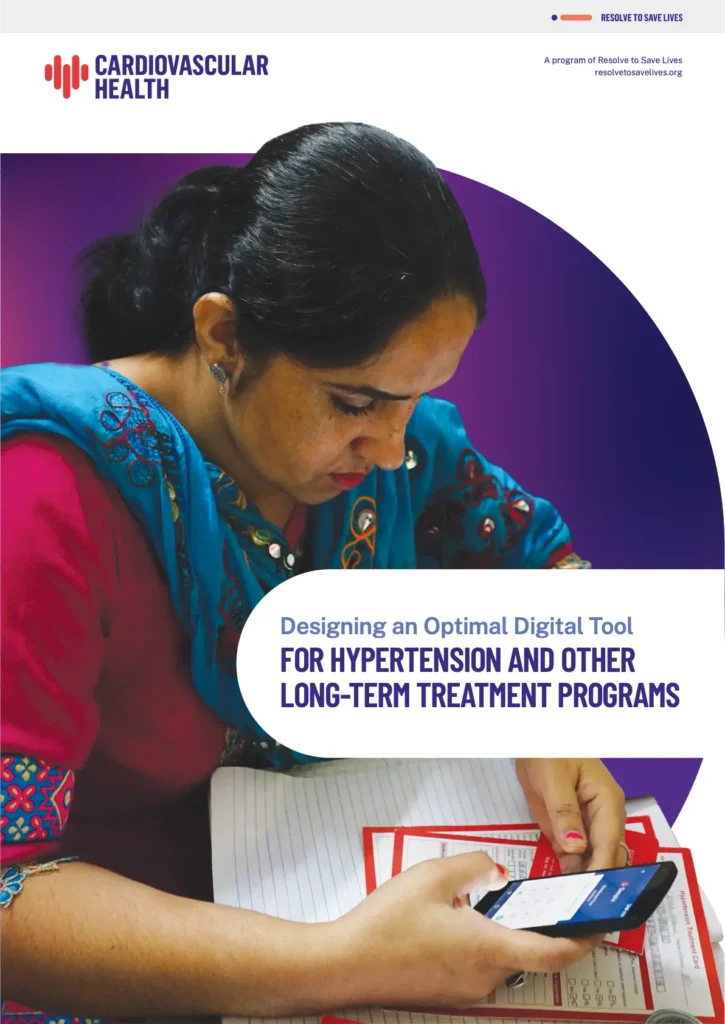
Playbook with step-by-step guidance for creating an effective digital tool for hypertension management and other chronic disease programs
New analysis shows eliminating out-of-pocket costs for blood pressure medication saves lives
Eliminating out-of-pocket costs for anti-hypertensives lowers the risk of heart attacks and strokes and can reduce health care costs.
Implementation of Global Hearts Hypertension Control Programs in 32 Low- and Middle-Income Countries

In the Journal of American College of Cardiology International, a summary of success, progress, and lessons learned during the first five years of the HEARTS initiative.
In China, a breakthrough in blood pressure control
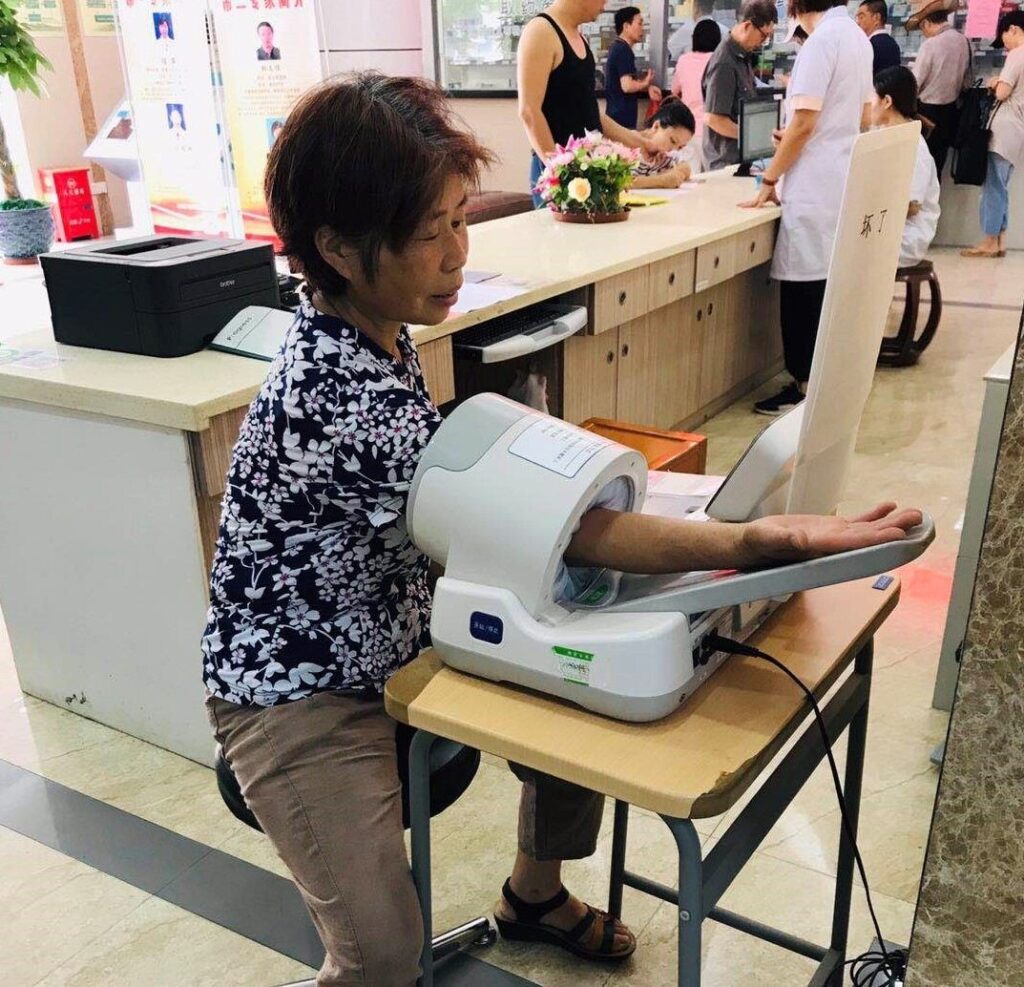
One community’s blood pressure control more than doubled in less than a year with these interventions.
Effectiveness and safety of using standardized treatment protocols for hypertension

This new systematic review demonstrates that standardized and simplified hypertension treatment protocols significantly reduce high blood pressure compared with usual hypertension care. Simple hypertension management protocols streamline treatment steps, improving outcomes for patients and making medications more available and affordable. ABSTRACT Large gaps persist in the diagnosis, awareness, treatment, and control of hypertension globally. Standardized treatment […]
Integrated Antihypertensive and Statin Treatment Protocols for Cardiovascular Disease Prevention in Low- and Middle-Income Countries
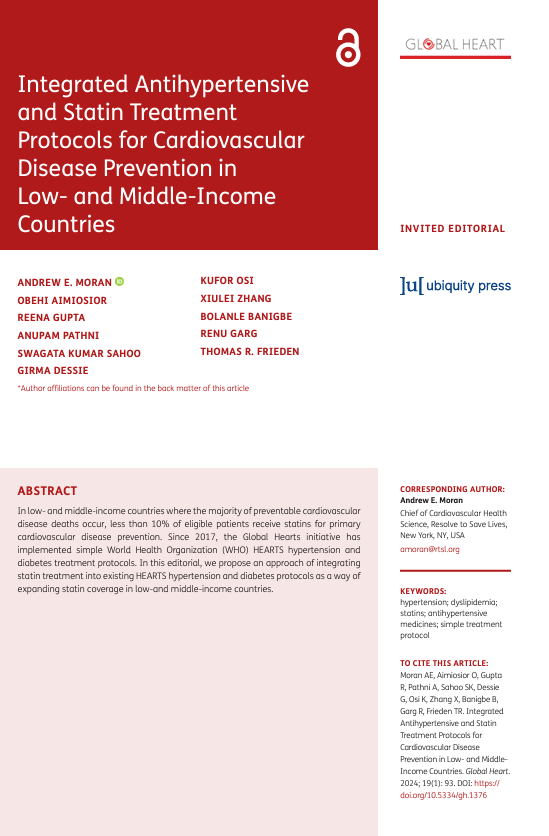
A new paper in Global Hearts co-authored by RTSL advocates for integrating hypertension medicines and cholesterol medicines into treatment plans to address the 90% of patients in low- and middle-income countries who don’t receive the cholesterol medications they need for primary cardiovascular disease prevention. Including statin treatment within existing HEARTS hypertension and diabetes protocols can help […]
For WSJ, our President and CEO Dr. Tom Frieden talks nutrition in the U.S. and beyond

What should the new U.S. administration do to change American diets for the better?
Trends in hypertension prevalence, awareness, treatment, and control in the Thai population, 2004 to 2020
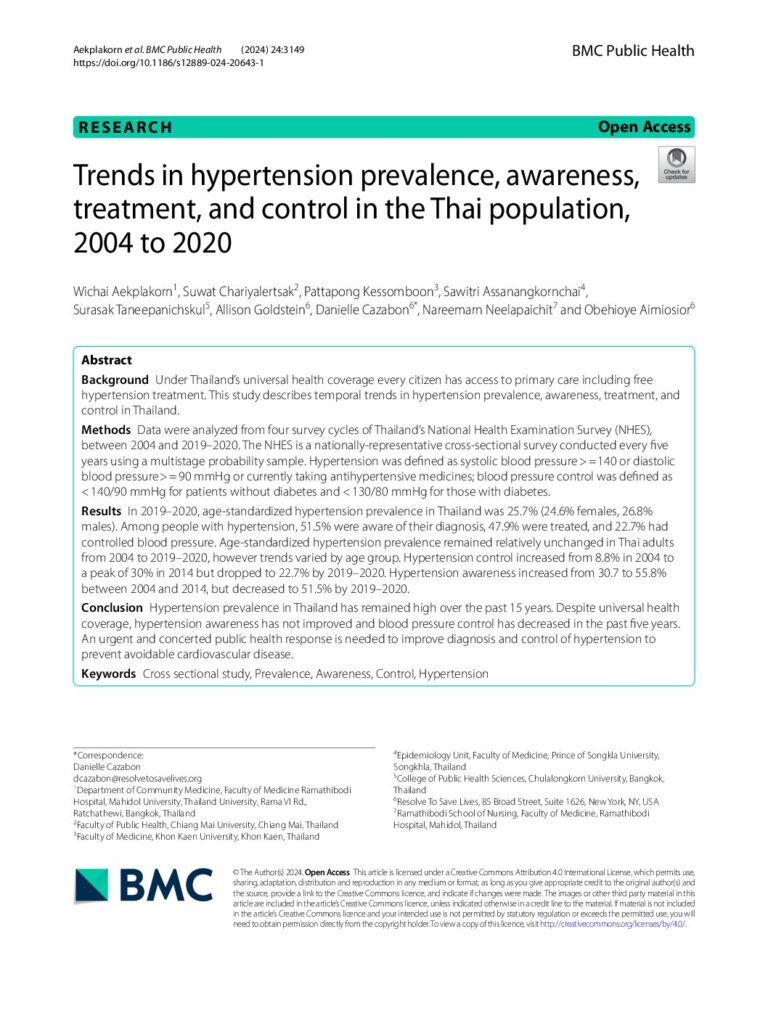
A new study in BMC conducted and funded by RTSL’s partners in Thailand analyzes trends in hypertension prevalence, awareness, treatment, and control in Thailand over the past 15 years. Despite significant strides such as the adoption of universal health coverage, hypertension awareness and blood pressure control remain a challenge throughout Thailand. An urgent and concerted public […]
Resolve to Save Lives pledges $10 million to WHO to combat heart disease and save millions of lives
Funding will accelerate initiatives to eliminate trans fats, reduce salt intake, and control hypertension in low- and middle-income countries 14 OCTOBER 2024 (BERLIN, GERMANY)—Resolve to Save Lives (RTSL) today announced a $10 million pledge to the World Health Organization (WHO) to accelerate collaborative work over the next four years to save lives from heart disease, […]
Big news from the World Health Summit: a new pledge to improve global heart health

Resolve to Save Lives pledges $10 million to WHO to combat heart disease and save millions of lives.
Improving hypertension care among private sector providers in India

A recent analysis authored by RTSL and our partners in India shows a lack of awareness among private sector providers in India that high blood pressure is a critical health threat. Providing prescriptions to patients is the first step in increasing medication availability and affordability. To encourage evidence-based hypertension care, the government and NGOs could implement […]
Arm Position and Blood Pressure Readings: The ARMS Crossover Randomized Clinical Trial
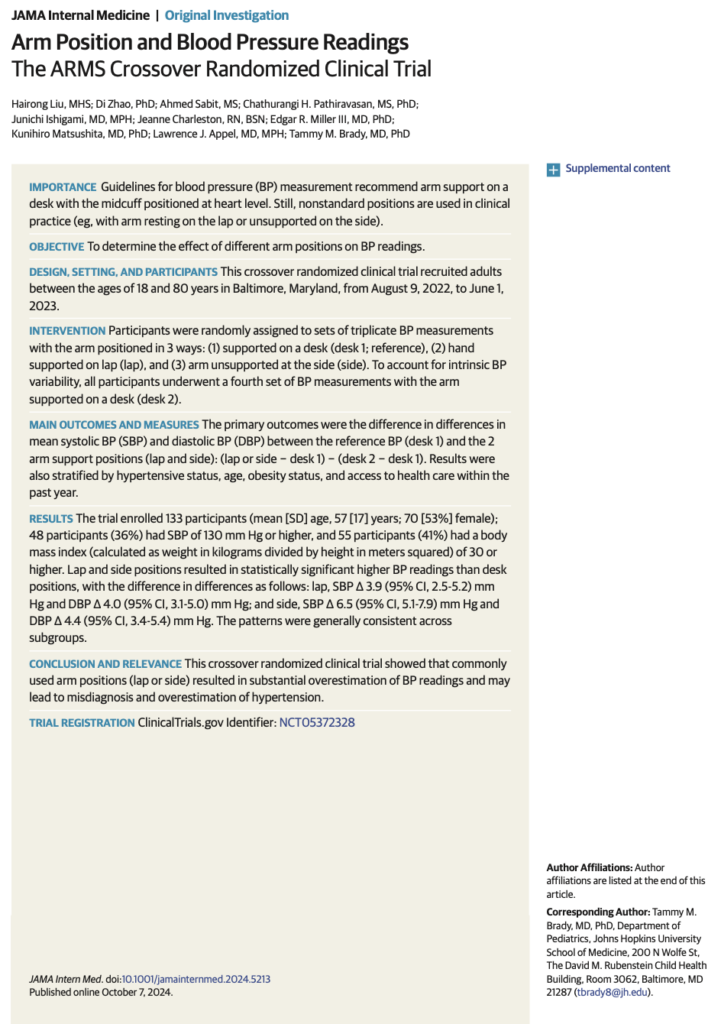
Faulty blood pressure readings can put lives at risk. A new randomized clinical trial shows that commonly used arm positions (lap or side) result in substantially higher blood pressure readings which can lead to false diagnoses and over-treatment. To measure blood pressures accurately, the arm should be supported at heart level. The authors call for clinical […]
Blood pressure measures done right
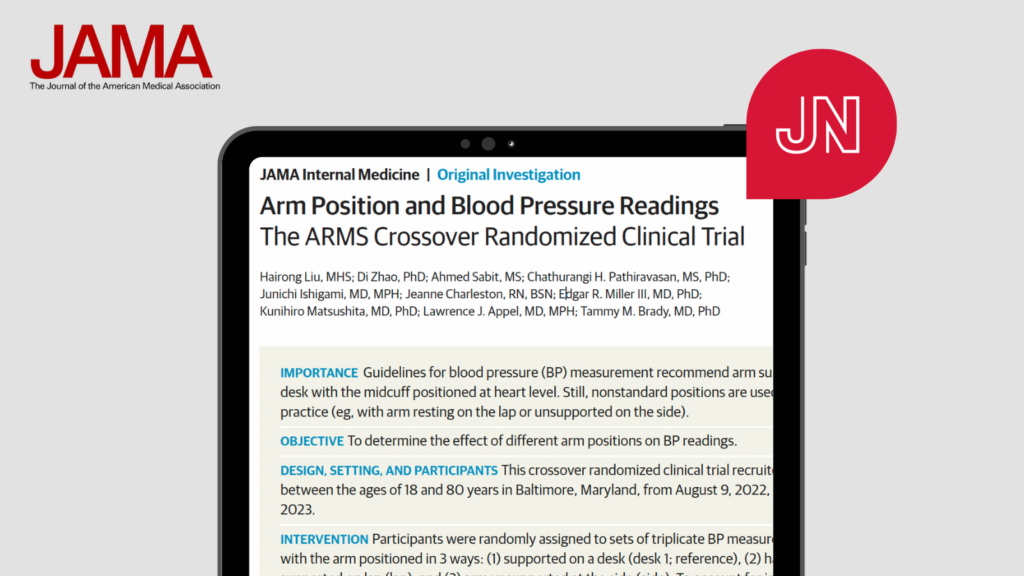
Faulty BP readings can put lives at risk. New evidence supports this method for accuracy.
Phone Calls to Overdue Patients with Hypertension – factsheet

This two-page factsheet outlines the key takeaways from the full guide, Guide for Management of Overdue Patients with Hypertension, and is designed as a resource for staff in your hypertension clinic. Other related resources: Designing an optimal digital tool for hypertension and other long-term treatment programs Leading a Good Data Review Meeting – full […]
Leading a Good Data Review Meeting – factsheet

This one-page factsheet outlines the key takeaways from the full guide, Leading a Good Data Review Meeting, and is designed as a resource for staff in your hypertension clinic. Other related resources: Designing an optimal digital tool for hypertension and other long-term treatment programs Guide for Management of Overdue Patients with Hypertension Phone Calls […]
Leading a Good Data Review Meeting

The ultimate goal of a successful hypertension program is to improve blood pressure control at the population level. Establishing regular data review meetings to review program progress using the HEARTS360 dashboard can enhance decision-making and build a culture of quality and accountability for large-scale hypertension programs. Use the following four steps to identify, address, and […]
Change Package: Overdue Patient Management

Program managers of large-scale hypertension programs can use the evidence-based interventions outlined in this new resource from Resolve to Save Lives to better track and manage patients overdue for a visit—and return them to care. Other related resources: Designing an optimal digital tool for hypertension and other long-term treatment programs Guide for Management of […]
Guide for Management of Overdue Patients with Hypertension

In this new guide from Resolve to Save Lives, large-scale hypertension programs can better find patients who are overdue for a health visit and bring them back to care. Reducing loss to follow-up is a leading way to improve hypertension control and reduce deaths from heart attacks and strokes. Phone calls, text messages, and home […]
Github page for DHIS2 hypertension and diabetes control package

Download the new DHIS2 hypertension and diabetes control package—a free, open-source health management data platform developed by DHIS2 and Resolve to Save Lives.
Factsheet for DHIS2 for Hypertension & Diabetes Programs

DHIS2 Tracker is a free, open-source health management data platform developed by DHIS2 and Resolve to Save Lives that program managers can use to monitor large-scale non-communicable disease (NCD) programs. The new version 2.0 integrates hypertension and diabetes care and is optimized for use in busy primary care facilities that manage thousands of patients. DHIS2 […]
We optimized DHIS2 for busy hypertension and diabetes programs
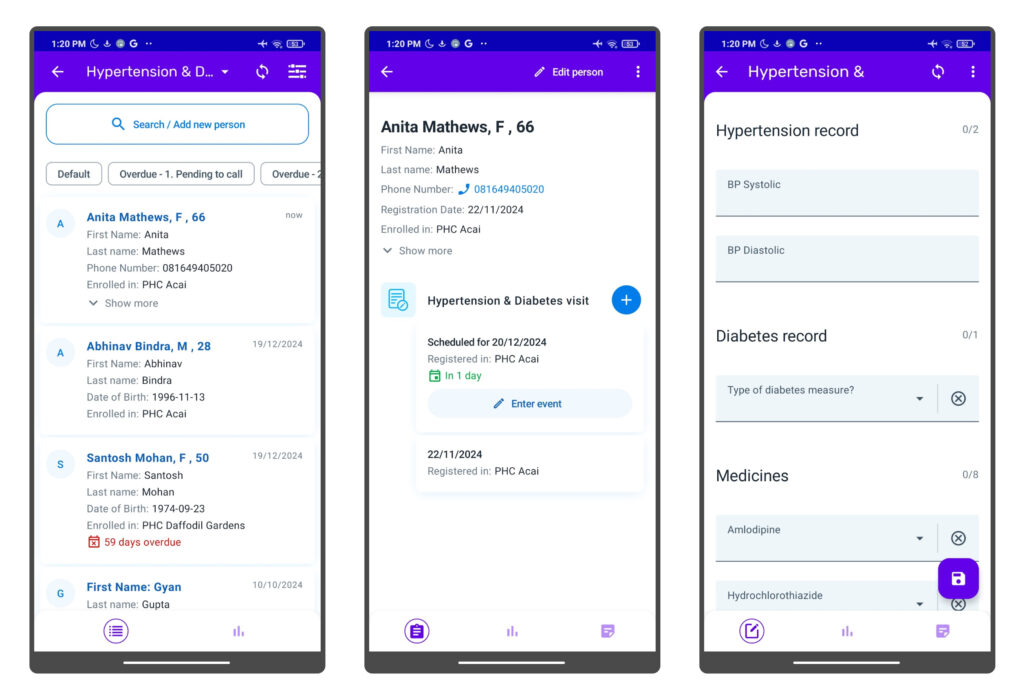
The new version of DHIS2 is a free, open-source software that integrates hypertension and diabetes care for large-scale NCD programs.
Demo site for DHIS2 hypertension and diabetes control package

Demo the new DHIS2 hypertension and diabetes control package—a free, open-source health management data platform developed by DHIS2 and Resolve to Save Lives.
Supporting consistent care with consistent communication
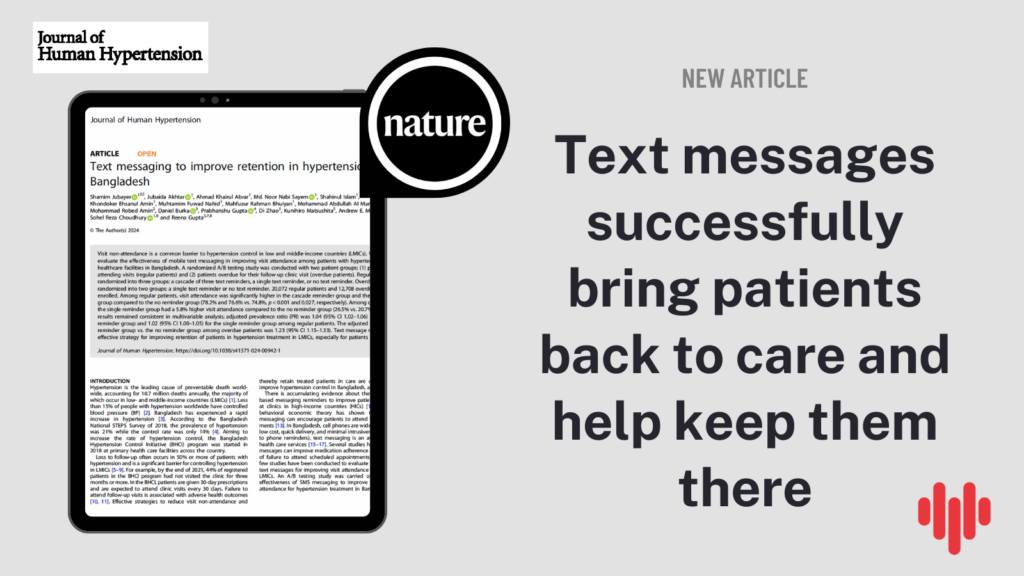
Staying in touch with patients through mobile text message reminders is an effective strategy for keeping patients in care, especially for patients overdue for a health visit.
RTSL experts take home 2024 Paul Dudley White International Scholar Award
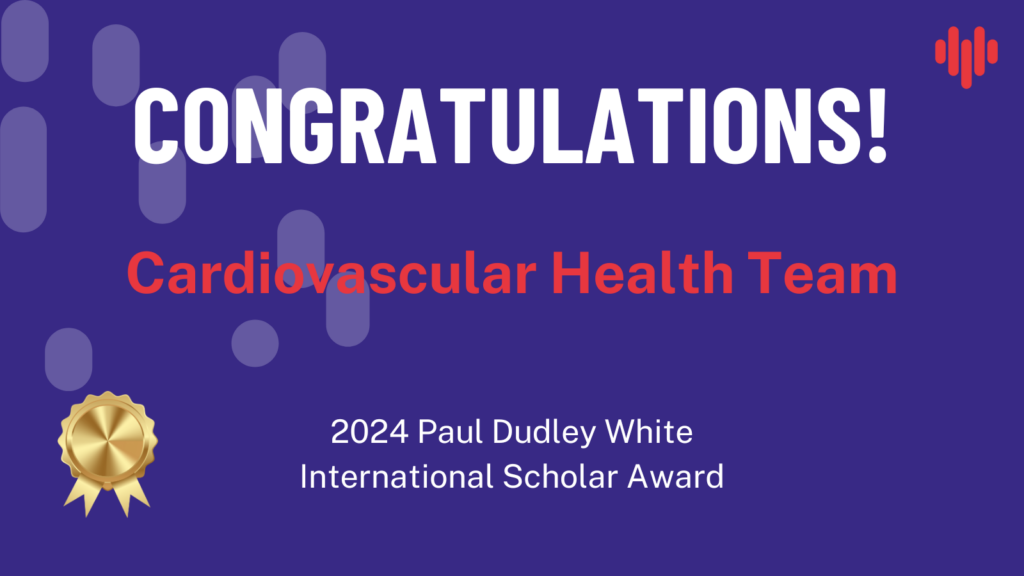
Our team received the 2024 Paul Dudley White International Scholar Award for an abstract on increasing usage of low-sodium iodized salt.